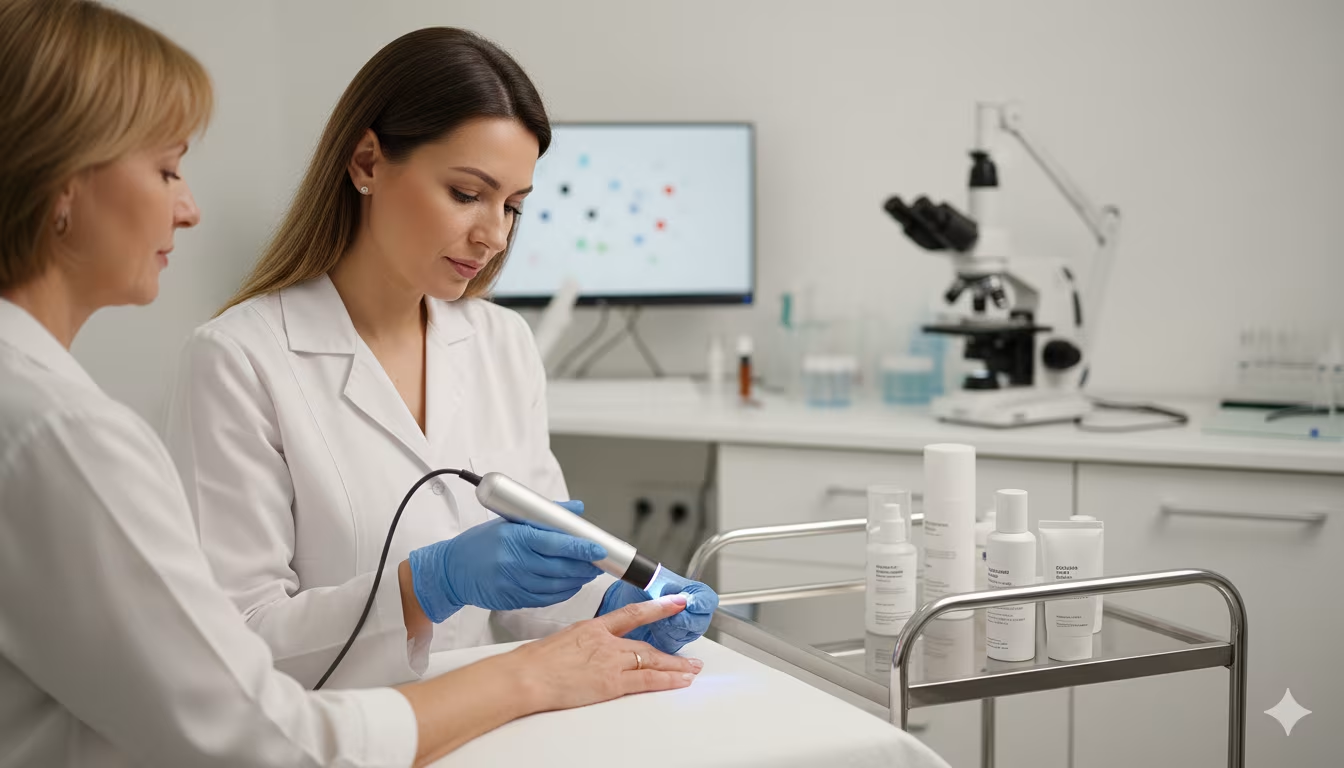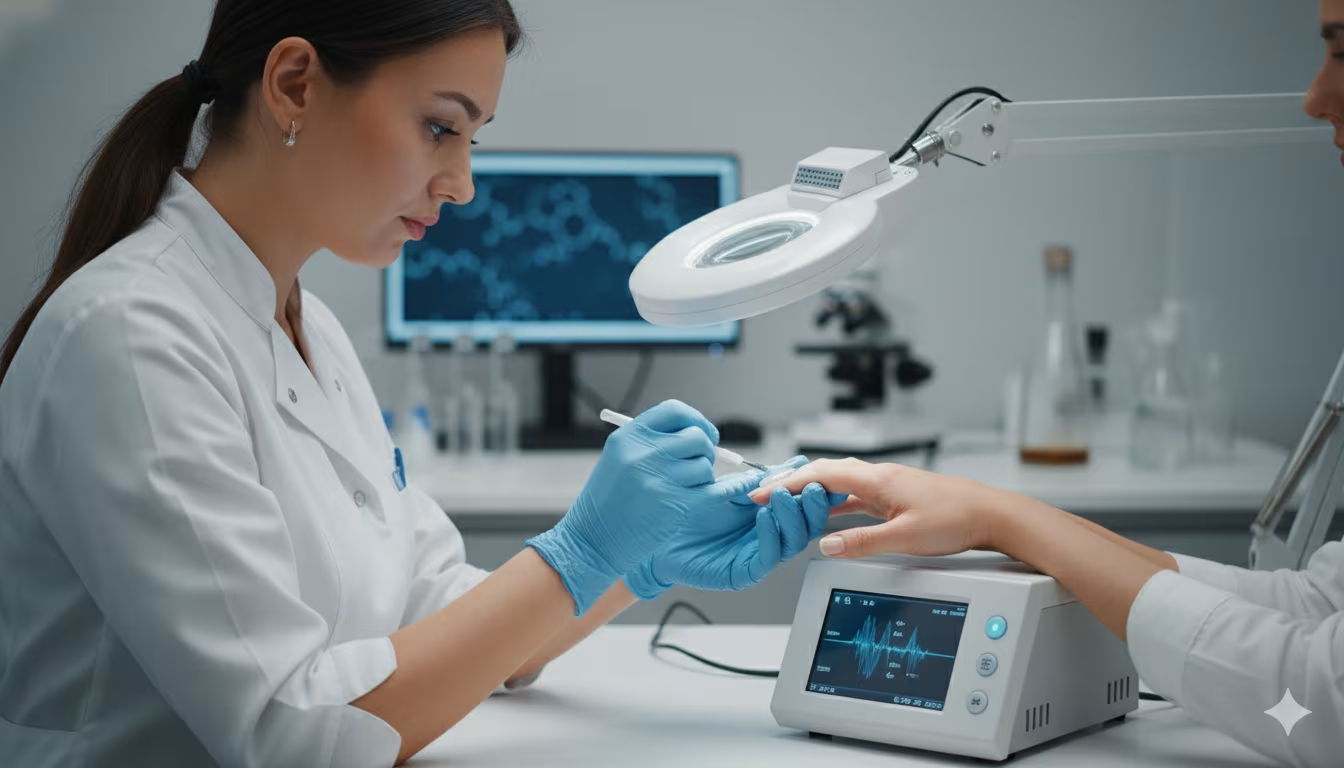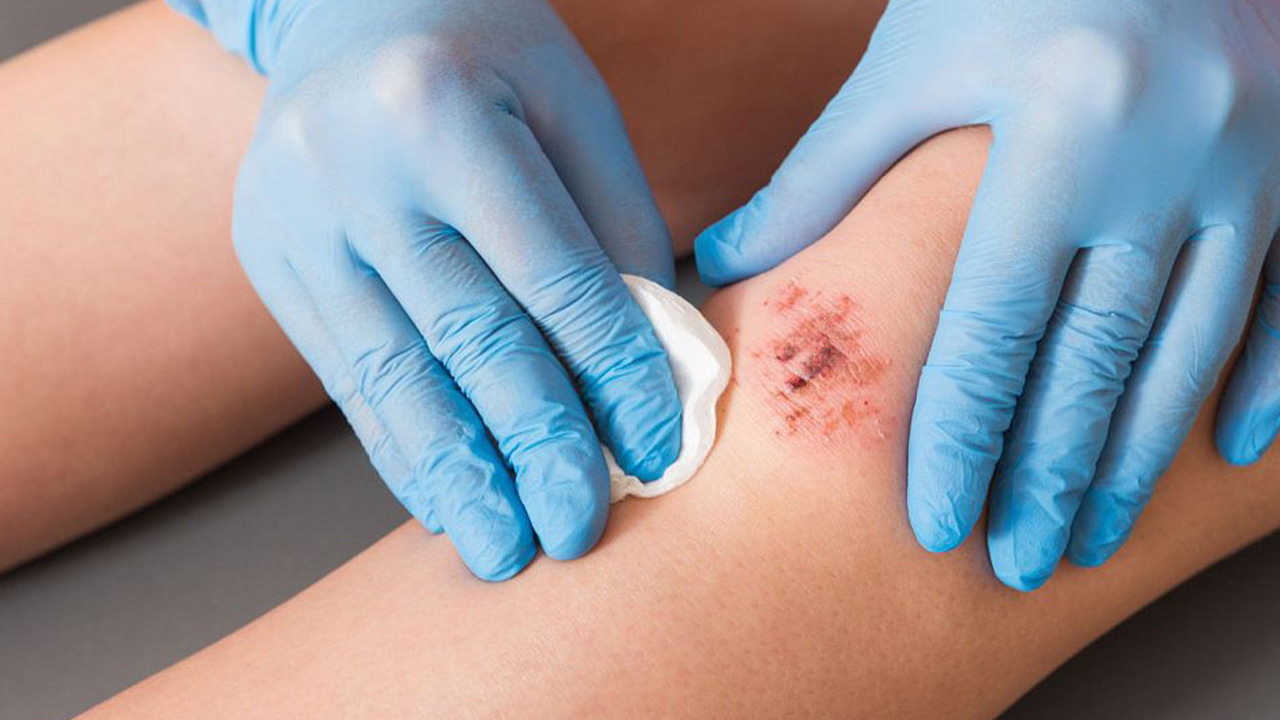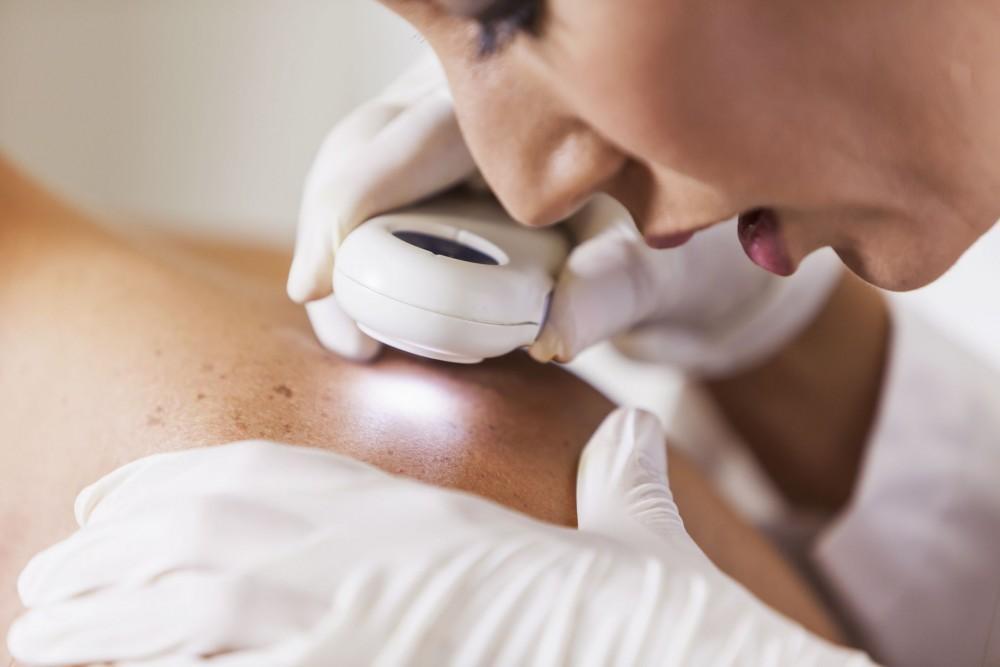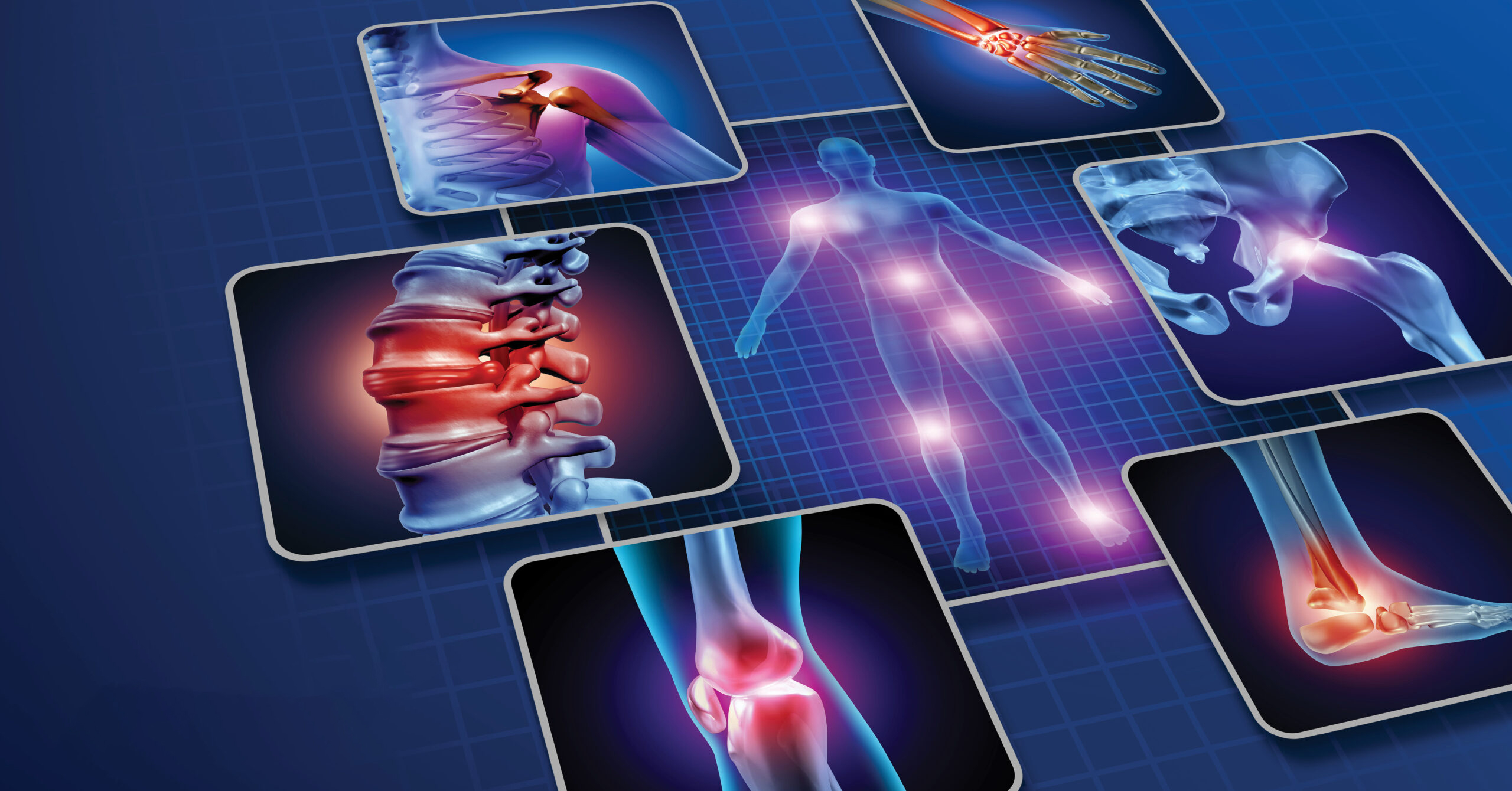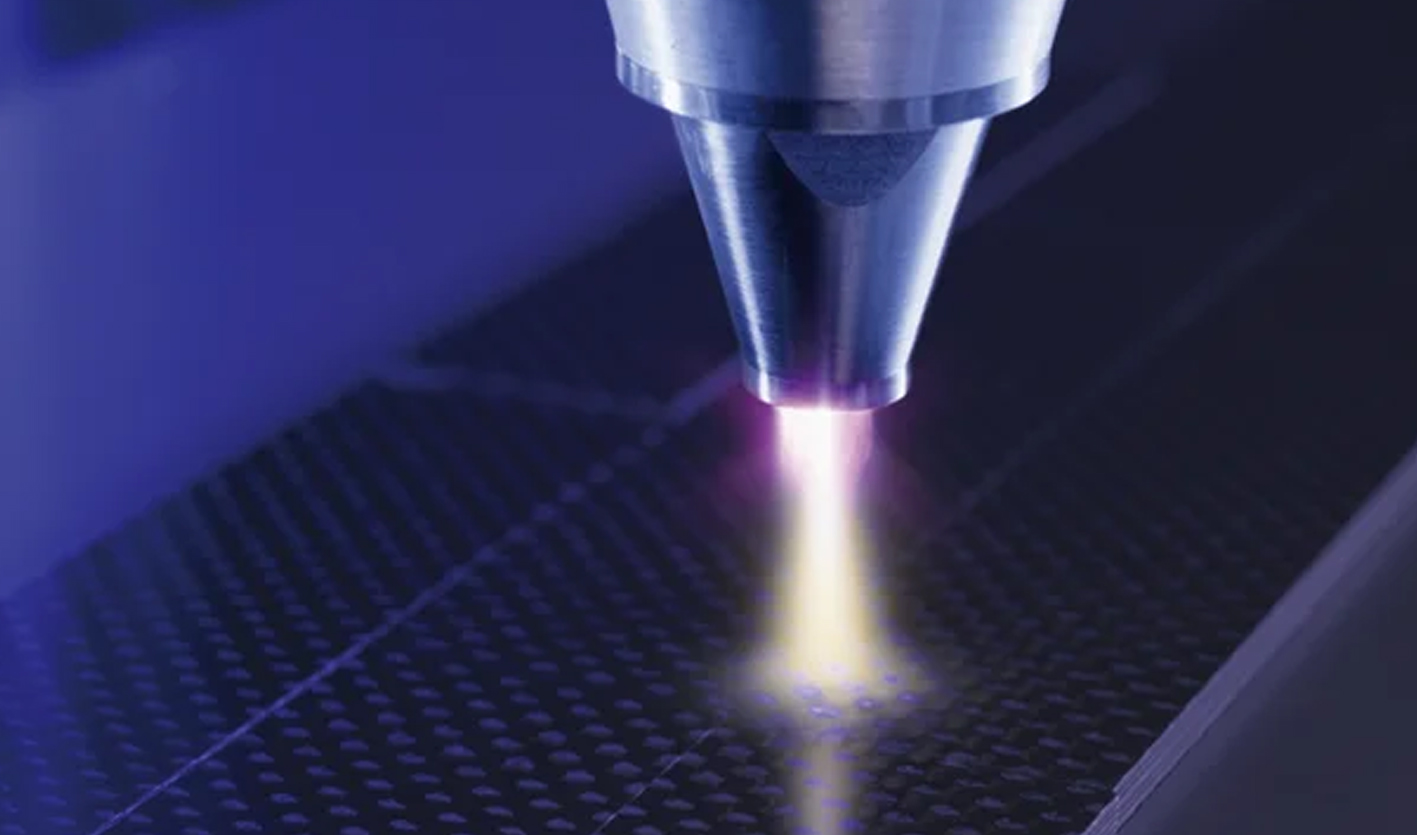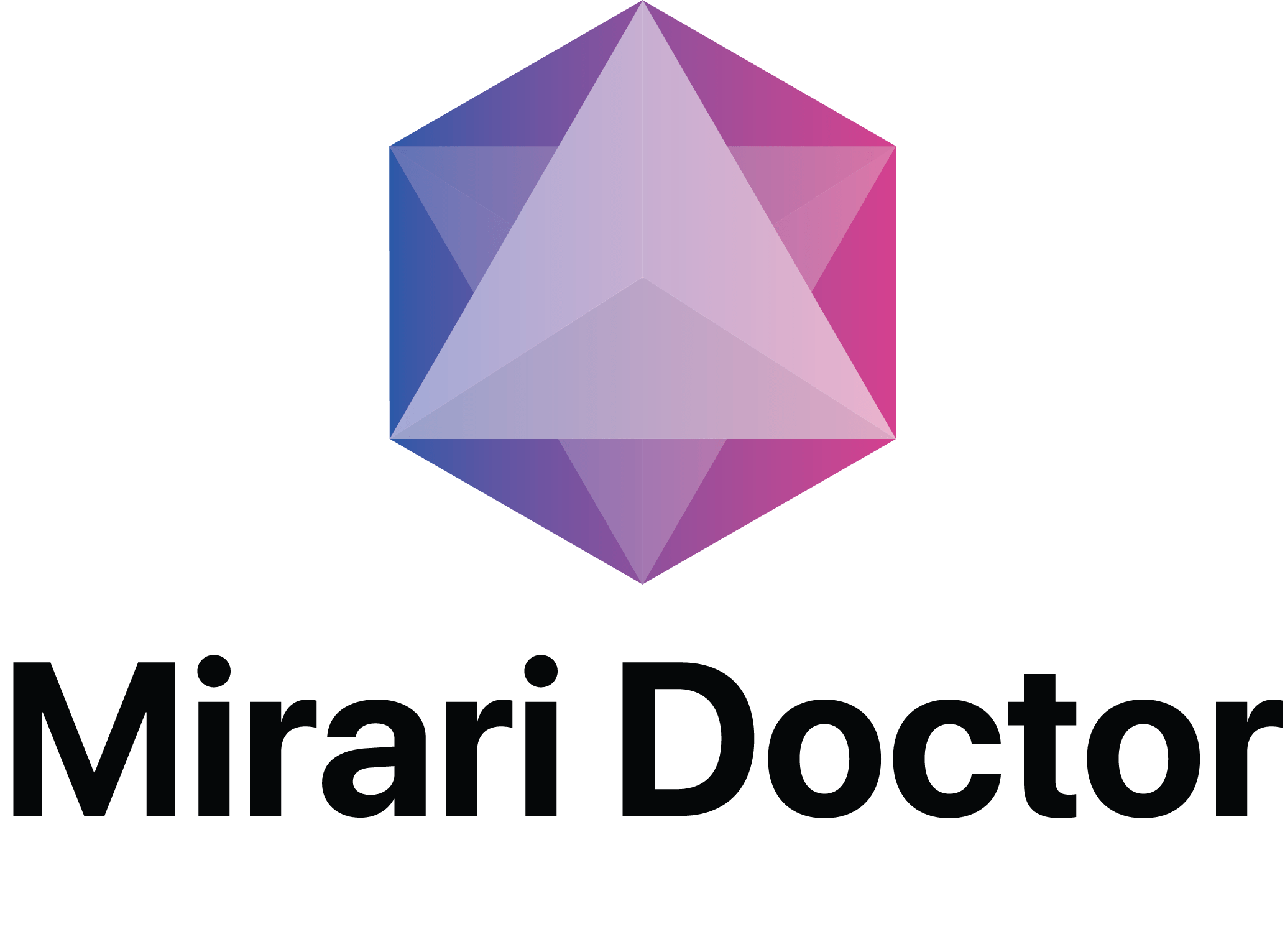
You May Be Interested In:
Cold plasma treatment for diabetes represents breakthrough medical technology that transforms chronic wound management and accelerates healing in diabetic patients. Clinical studies demonstrate that cold atmospheric plasma (CAP) significantly improves wound healing outcomes in diabetic foot ulcers, reducing bacterial load and promoting tissue regeneration through innovative reactive species generation[1][5][7].
This revolutionary approach offers diabetic patients new hope for effective wound care while addressing the complex healing challenges associated with diabetes mellitus.
Understanding Cold Plasma Technology in Diabetes Care
What Makes Cold Plasma Revolutionary for Diabetic Patients?
Cold plasma treatment for diabetes utilizes ionized gas at room temperature to create therapeutic effects without thermal damage. The technology generates reactive oxygen species (ROS), reactive nitrogen species (RNS), charged particles, and electromagnetic fields that work synergistically to combat infections and stimulate healing[1].
Unlike traditional treatments, cold plasma addresses multiple diabetes-related wound healing complications simultaneously. It eliminates bacterial infections, reduces inflammation, promotes angiogenesis, and enhances cellular regeneration—all critical factors for diabetic wound management[9].
How Cold Plasma Transforms Diabetic Wound Healing
Cold plasma treatment for diabetes works through multiple interconnected pathways that specifically address diabetes-related healing impairments. The therapy generates nitric oxide, ozone, and other bioactive compounds that penetrate wound tissues to create optimal healing environments[10].
The Mirari Cold Plasma System, developed by General Vibronics and commercialized through miraridoctor.com, represents a significant advancement in this technology. The FDA-cleared device utilizes nitric oxide-based plasma technology specifically designed for medical applications, including diabetic wound care[13].
Clinical Evidence for Cold Plasma in Diabetes Treatment
Proven Results in Diabetic Foot Ulcer Management
Cold plasma treatment for diabetes shows remarkable clinical efficacy in treating diabetic foot ulcers (DFUs). A major randomized clinical trial involving 43 patients with 62 diabetic foot ulcers demonstrated that CAP significantly improved healing acceleration compared to standard care alone[7].
The study revealed that patients receiving cold plasma therapy achieved significantly greater wound surface area reduction after just two weeks of treatment. These improvements translated to earlier hospital discharge and transition to outpatient care[7].
Key clinical outcomes include:
- Accelerated wound closure rates
- Reduced bacterial contamination
- Enhanced granulation tissue formation
- Improved tissue oxygenation
- Decreased infection severity[5]
Comprehensive Multicenter Trial Results
A comprehensive multicenter randomized trial examined cold plasma treatment for diabetes across 78 patients with diverse chronic wounds. The results demonstrated that approximately 60% of patients achieved satisfactory ulcer resolution within 6 weeks, compared to only 5% in the standard care group[6].
Treatment outcomes showed:
- Increased granulation tissue formation
- Accelerated wound healing timelines
- Reduced pH normalization
- Faster infection resolution
- Enhanced patient tolerance[6]
| Study Type | Patient Count | Key Findings | Success Rate |
|---|---|---|---|
| Randomized Clinical Trial | 43 patients, 62 ulcers[7] | Significant wound surface reduction | Earlier hospital discharge |
| Multicenter Study | 78 patients[6] | 60% ulcer resolution in 6 weeks | 12x higher than control group |
| Safety Study | 20 patients[12] | 43% wound surface area reduction | Zero serious adverse device effects |
| Diabetic Mouse Model | Multiple cohorts[9] | Enhanced angiogenesis and healing | Significant improvement in all groups |
Mechanisms of Action in Diabetic Healing
Addressing Diabetes-Specific Healing Challenges
Cold plasma treatment for diabetes specifically targets the multiple factors that impair wound healing in diabetic patients. Diabetes creates complex healing challenges, including impaired immune function, reduced angiogenesis, chronic inflammation, and increased infection susceptibility[14].
Cold plasma therapy addresses these challenges through:
- Antimicrobial action against resistant bacteria including MRSA
- Enhanced angiogenesis through growth factor stimulation
- Reduced inflammatory markers, including IL-6 and TNF-α
- Improved tissue oxygenation and nutrient delivery
- Accelerated cellular proliferation and migration[9]
Biochemical Effects on Diabetic Metabolism
Research demonstrates that cold plasma treatment for diabetes produces beneficial biochemical changes in diabetic patients. Studies show increased antioxidant enzyme activity, improved mineral absorption, and enhanced protein function in plasma-treated diabetic samples[10].
Specific biochemical improvements include:
- Increased catalase, superoxide dismutase, and glutathione peroxidase activity
- Enhanced copper, zinc, iron, and magnesium concentrations
- Reduced protein glycation effects
- Improved cellular antioxidant capacity[10]
Safety Profile and Treatment Protocols
Exceptional Safety Record in Diabetic Patients
Cold plasma treatment for diabetes maintains outstanding safety profiles across multiple clinical studies. A dedicated safety study involving 20 diabetic foot ulcer patients found zero serious adverse device effects during 10 days of daily treatment[12].
Common mild effects include temporary skin redness and slight sensation during treatment, both resolving within minutes. No systemic effects, allergic reactions, or thermal damage have been reported in diabetic patients[8].
Professional Treatment Guidelines
Cold plasma treatment for diabetes follows established clinical protocols designed specifically for diabetic wound management. The Mirari Doctor platform emphasizes comprehensive healthcare provider training to ensure optimal outcomes while maintaining safety standards[13].
Treatment protocols typically involve:
- 3-minute daily applications for active wound healing
- 10-day intensive treatment cycles for complex ulcers
- Weekly maintenance sessions for chronic management
- Combination with standard wound care for enhanced outcomes[9][12]
| Treatment Phase | Frequency | Duration | Expected Outcomes |
|---|---|---|---|
| Acute Phase | Daily applications[12] | 10-14 days | Immediate bacterial reduction, inflammation control |
| Healing Phase | 3x weekly sessions[6] | 3-6 weeks | Progressive wound closure, tissue regeneration |
| Maintenance Phase | Weekly treatments[5] | Ongoing | Prevention of recurrence, continued improvement |
| Chronic Management | As needed basis[8] | Long-term | Sustained healing, quality of life improvement |
Advanced Cold Plasma Devices for Diabetes Care
Mirari Cold Plasma System Technology
The Mirari Cold Plasma System represents cutting-edge technology specifically designed for medical applications, including diabetic wound care. This FDA-cleared device incorporates advanced safety features and delivers consistent therapeutic outcomes for healthcare providers treating diabetic patients[13].
Key technical specifications include:
- Operating temperature at room temperature (20-25°C)
- Adjustable energy output (2-4 W) for patient customization
- 80 kHz monopolar RF frequency for optimal tissue penetration
- Automatic temperature monitoring with safety shutoff
- Portable design for clinical and home use applications[13]
Clinical Integration and Provider Support
Healthcare providers utilizing cold plasma treatment for diabetes reported improved patient outcomes and enhanced treatment efficiency. The technology integrates seamlessly with existing wound care protocols while providing additional therapeutic benefits not available through conventional treatments[18].
Professional training programs ensure proper device operation and optimal treatment protocols. The Mirari system’s user-friendly design allows for effective implementation across various healthcare settings, from hospital wound centers to outpatient clinics[13].
Comparing Cold Plasma to Traditional Diabetes Treatments
Advantages Over Conventional Wound Care
Cold plasma treatment for diabetes offers significant advantages over traditional diabetic wound management approaches. Unlike antibiotics that may contribute to resistance development, cold plasma provides broad-spectrum antimicrobial action without promoting bacterial resistance[1].
The technology eliminates the need for multiple treatment modalities by addressing infection control, inflammation reduction, and healing stimulation simultaneously. This comprehensive approach reduces treatment complexity while improving patient outcomes[5].
Cost-Effectiveness and Healthcare Impact
Clinical evidence suggests that cold plasma treatment for diabetes reduces overall healthcare costs through faster healing, reduced complications, and shorter hospital stays. Patients achieving earlier discharge to outpatient care represent significant cost savings for healthcare systems[7].
The technology’s ability to prevent amputation through effective wound healing provides immeasurable value to diabetic patients and their families while reducing long-term healthcare burdens[5].
Future Directions and Research Developments
Emerging Applications Beyond Wound Care
Research into cold plasma treatment for diabetes continues expanding beyond wound healing applications. Scientists investigate potential benefits for diabetic neuropathy, metabolic regulation, and preventive care applications[10].
Ongoing clinical trials examine cold plasma effects on blood glucose regulation, insulin sensitivity, and diabetes-related complications. These studies may reveal additional therapeutic applications for diabetic patients[16].
Technology Evolution and Accessibility
The Mirari system and similar devices continue to evolve to provide enhanced therapeutic capabilities while maintaining user-friendly operation. Future developments may include automated treatment protocols, remote monitoring capabilities, and expanded home care applications[18].
FAQ: Common Questions About Cold Plasma Treatment for Diabetes
How effective is cold plasma treatment for diabetic wounds?
Cold plasma treatment for diabetes demonstrates significant effectiveness, with clinical trials showing accelerated wound healing in diabetic foot ulcers[7]. Studies report 43% wound surface area reduction and 60% complete ulcer resolution within 6 weeks compared to 5% with standard care alone[6][12].
Is cold plasma safe for diabetic patients?
Yes, cold plasma treatment for diabetes maintains exceptional safety profiles with zero serious adverse device effects reported in clinical studies[12]. The technology operates at room temperature, eliminates thermal damage risk, and causes no systemic effects or allergic reactions in diabetic patients[8].
How often do diabetic patients need cold plasma treatments?
Cold plasma treatment for diabetes typically involves daily 3-minute applications for 10-14 days during acute healing phases, followed by 3x weekly sessions for maintenance[9][12]. Treatment frequency adjusts based on wound severity and healing progress under healthcare provider supervision.
Can cold plasma replace antibiotics for diabetic wound infections?
Cold plasma treatment for diabetes provides broad-spectrum antimicrobial action without promoting bacterial resistance, making it valuable for infection control[1]. While it effectively reduces bacterial loads, including resistant strains, healthcare providers determine whether additional antibiotic therapy remains necessary based on individual case assessment[12].
Does insurance cover cold plasma treatment for diabetes?
Insurance coverage for cold plasma treatment for diabetes varies by provider and region. As FDA-cleared medical technology with proven clinical efficacy, many insurance plans increasingly recognize cold plasma as legitimate medical treatment[13]. Patients should consult their insurance providers and healthcare teams to determine coverage availability.
Cold plasma treatment for diabetes represents a revolutionary advancement in diabetic wound care, offering proven therapeutic benefits with exceptional safety profiles. This innovative technology addresses complex healing challenges unique to diabetic patients while providing new hope for effective wound management and improved quality of life.
References
- Nature Scientific Reports. (2020). Cold atmospheric plasma as an effective method to treat diabetic foot ulcers. Available at: https://www.nature.com/articles/s41598-020-67232-x
- PubMed. (2020). Cold atmospheric plasma as an effective method to treat diabetic foot ulcers. Available at: https://pubmed.ncbi.nlm.nih.gov/32591594/
- American Journal of Case Reports. (2025). Efficacy of Cold Atmospheric Plasma in Chronic Diabetic Foot Ulcer. Available at: https://amjcaserep.com/abstract/full/idArt/945462
- PubMed. (2024). Efficacy of Cold Atmospheric Plasma in Chronic Diabetic Foot Ulcer. Available at: https://pubmed.ncbi.nlm.nih.gov/39673112/
- Medizin Online. (2021). Cold plasma promotes wound healing in diabetic foot ulcers. Available at: https://medizinonline.com/en/cold-plasma-promotes-wound-healing-in-diabetic-foot-ulcers/
- Frontiers in Medicine. (2025). Advancing chronic and acute wound healing with cold plasma therapy. Available at: https://www.frontiersin.org/journals/medicine/articles/10.3389/fmed.2025.1527736/full
- PMC. (2020). Effect of Cold Atmospheric Plasma Therapy vs Standard Therapy on Wound Healing in Patients With Diabetic Foot Ulcers. PMC7366186. Available at: https://pmc.ncbi.nlm.nih.gov/articles/PMC7366186/
- Mirari Thailand. (2025). Applications – Cold Plasma Safety and Uses. Available at: https://mirari.co.th/en/applications/
- PubMed. (2020). The efficacy and safety of cold atmospheric plasma as a novel therapy for diabetic wounds. Available at: https://pubmed.ncbi.nlm.nih.gov/32168435/
- Functional Foods in Health and Disease. (2021). The effect of cold plasma on antioxidant enzymes, minerals, and biochemical parameters in type 2 diabetes mellitus. Available at: https://ffhdj.com/index.php/BioactiveCompounds/article/view/783/4276
- PMC. (2023). Effect of cold atmospheric plasma therapy on wound healing. PMC10151838. Available at: https://pmc.ncbi.nlm.nih.gov/articles/PMC10151838/
- PubMed. (2023). Cold plasma treatment is safe for diabetic foot ulcers and decreases Staphylococcus aureus bacterial load. Available at: https://pubmed.ncbi.nlm.nih.gov/37029969/
- Mirari Doctor. (2025). Cold Plasma: Revolutionary Medical Technology Transforming Healthcare. Available at: https://miraridoctor.com/cold-plasma/
- Current Journal of Medical Biology. (2021). Effects of Cold Atmospheric Plasma on Infectious Diabetic Wound Healing. Available at: https://www.cjmb.org/pdf.php?id=592
- ScienceDirect. (2023). Cold atmospheric plasma induces the curing mechanism of diabetic wounds. Available at: https://www.sciencedirect.com/science/article/pii/S0753332223017328
- ClinicalTrials.gov. (2019). Cold Plasma Therapy for Acceleration of Wound Healing in Diabetic Foot Ulcers. Available at: https://clinicaltrials.gov/study/NCT04205942
- Journal of Wound Care. (2023). Cold plasma treatment is safe for diabetic foot ulcers and decreases Staphylococcus aureus bacterial load. Available at: https://www.magonlinelibrary.com/doi/10.12968/jowc.2023.32.4.247
- Mirari Thailand. (2020). About Us – Medical Cold Plasma Device Development. Available at: https://mirari.co.th/en/about/
- Vietnam Medical Journal. (2023). Investigating Adverse Effects of Cold Plasma Treatment. Available at: https://tapchiyhocvietnam.vn/index.php/vmj/article/download/5055/4625/9322
- BMJ Open. (2023). Effect of cold atmospheric plasma therapy on wound healing in diabetic foot ulcers. Available at: https://bmjopen.bmj.com/content/13/4/e066628
Related articles
Made in USA


